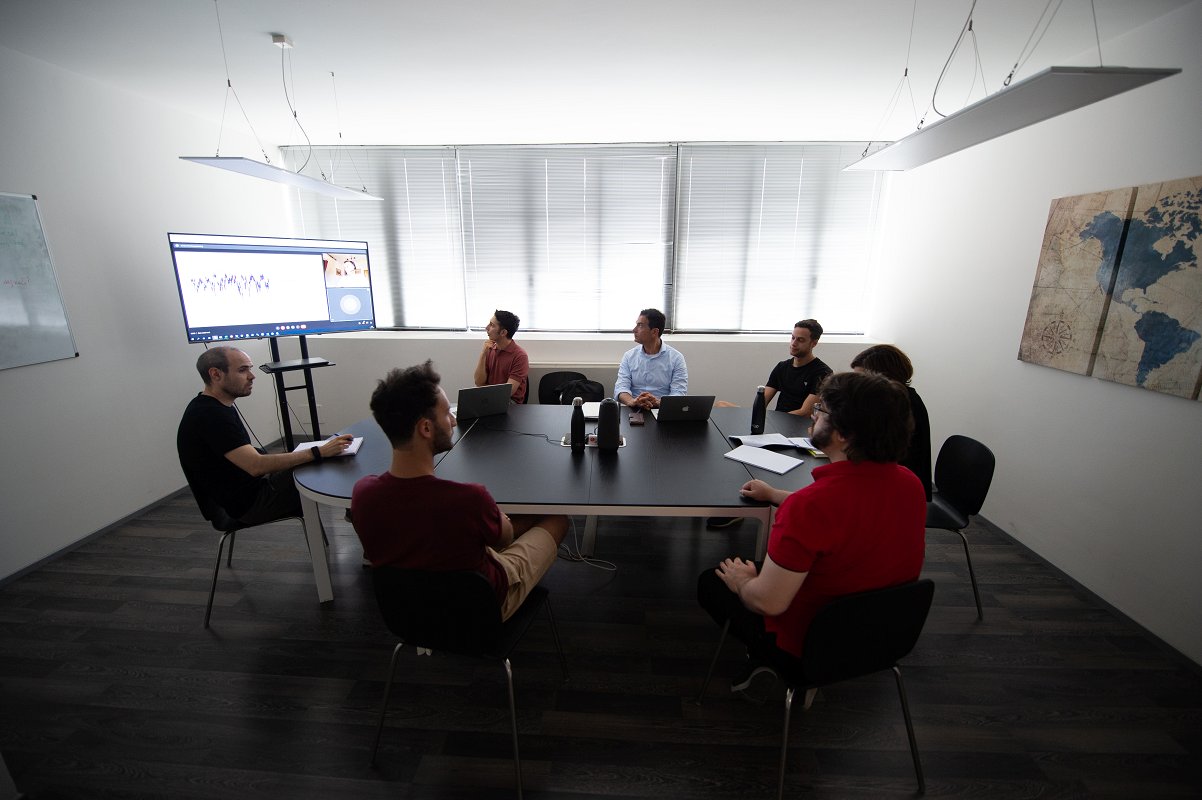Leveraging HPC for AI and Deep Learning Powered Solutions for Asset Management
Optimising financial portfolios composed of assets like stocks, bonds, and indices with respect to revenue and risk is a core task in the financial industry. Banks, asset managers and hedge funds face a continually increasing amount of data – such as financial time series including historical indexes and prices – which needs to be considered for optimal results. AI-based methods offer a predictive power superior to commonly used purely quantitative approaches and represent a tremendous opportunity for highly innovative fintech companies to provide such solutions to the finance industry and bring portfolio risk assessment to a new level. The main result of this experiment is the development of a "factory" of AI/DL-based models to support asset management.
SECTOR: E-Commerce
TECHNOLOGY USED: HPC, AI, ML, DL
COUNTRY: Italy
The challenge
Optimising financial portfolios composed of assets like stocks, bonds, and indices with respect to revenue and risk is a core task in the financial industry. Banks, asset managers and hedge funds face a continually increasing amount of data – such as financial time series including historical indexes and prices – which needs to be considered for optimal results. By failing to adopt the best available solutions into their process, they risk falling behind and losing market share. Today, AI-based methods offer a predictive power superior to commonly used purely quantitative approaches. They thus represent a tremendous opportunity for highly innovative fintech companies to provide such solutions to the finance industry and bring portfolio risk assessment to a new level.
The pressure exerted by the increasing amount of available data is already impacting the methods and technologies needed for portfolio construction and management. The best-performing AI methods for training and optimisation of predictive models, such as ML and DL, require HPC infrastructures. Furthermore, applying AI and DL to investment management demands a combination of a rigorous scientific approach and high-level financial domain expertise.
Axyon AI integrates DL technology into Axyon IRIS®, a web-based platform that allows clients to access more accurate predictive models in order to improve their investment strategy performance from a return and risk management perspective. Axyon IRIS® streamlines and automates the AI/DL model development process with a highly efficient and rigorous workflow specifically designed for handling financial time series. It helps investors avoid the typical problems and biases of quantitative models (e.g., overfitting, data leakage, human bias). To exploit this AI-based technology, Axyon AI already leveraged specific HPC infrastructures that allow for using multiple GPUs for model training and optimisation. However, the existing setup was limited regarding the number of assets comprising a portfolio and its capacity for continual updates of models, constraining the addressable market and acting as a roadblock to the development of custom models for smaller enterprises in the financial sector.
The solution
The main result of this experiment is the development of a "factory" of AI/DL-based models to support asset management. It brings rigorousness and automation to the models that guide better investment choices and support the creation of risk management tools. These tools in turn contribute to the entire system's stability and reduce investors’ risks, especially in the most challenging market moments and scenarios, thus overcoming the roadblocks previously mentioned.
Thanks to both the HPC infrastructure offered during the FF4EuroHPC project and the help of CINECA in boosting the computation scalability of the ML platform, Axyon IRIS® was further developed to support investment strategies with over 1.000 financial assets, overcoming the previously restricted 100-asset range. Further, the help of UNIMORE was vital to integrating continual learning to increase the adaptiveness of the platform, reducing the time needed for re-training the models by 30%.
Business Impact
With the enhanced offering developed during the experiment, Axyon AI can expand its market reach to a wider array of customers, especially SME customers that need a complete, end-to-end solution. In detail, the following main business impacts for Axyon AI were achieved:
1. Increased computational scalability of the company’s ML platform allowed Axyon AI to train larger ML models on larger datasets (1 order of magnitude) and lower costs (approximately 25% of cost savings).
2. Enhanced Axyon IRIS® risk management features for end-to-end portfolio construction resulted in a larger market target (approx. 150% increase of the serviceable obtainable market).
3. Improved adaptability of Axyon IRIS® forecasting models decreased the time needed for the model retraining by around 30%, an important improvement in a fast-changing market scenario.
Benefits
- Approximately 25% of product cost savings.
- Ability to train AI models with over 1,000 financial assets instead of 100, resulting in a larger approachable market (150% increase of Service Obtainable Market).
- Due to the enhanced product features, improved company positioning in the market:
- generation of new sales opportunities (a 30% increase in leads generation expected)
- contributing to the completion of a €1.6 million fundraising round in July 2022.
Organisations involved:
End user: AXYON AI
HPC Provider: CINECA
Domain Expert: Università degli studi di Modena e Reggio Emilia
Partner CINECA is part of the NCC Italy.




